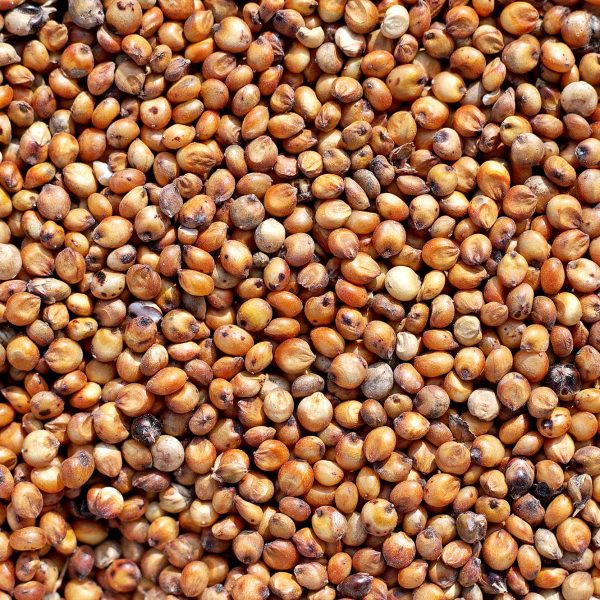Supplementation Of Gluten-Free Sorghum Flour-Based Pet Treat With Animal Protein
Abstract
Pet treats are given to dogs to strengthen pet and owner ties and as a reward. Most treats available on the market are baked and based on wheat. Alternatively, sorghum is a gluten-free grain that provides antioxidants and has slow starch digestibility. Sorghum might be used to produce dog treats as an alternative for pet owners looking for healthy foods. However, because it lacks gluten, functional proteins to help with binding are required. The objective of this study was to characterize the flours and evaluate the quality of baked treats when white and red sorghum replaced wheat, combined with soluble animal proteins. The experiment was conducted as a 2×4+1 factorial arrangement of treatments and was replicated three times. Two whole sorghum flours (white [WS] and red [RD]), four protein sources (none [NC], spray-dried plasma [SDP], egg protein [EP], and gelatin [GL]), and a positive control with whole wheat flour [PC] were evaluated. Higher viscosities for the sorghum flours were found. The treatment with the highest crude protein was the EP and NC the lowest. Crude fiber was similar for all the sorghum treatments; however; for PC it was higher due to wheat content. The EP and PC treatments were the most break-resistant and GL and NC the most brittle. The GL addition produced larger dimensions in the rotary molder; however, they presented a lighter weight. Biscuits produced with white sorghum and wheat had more luminosity, hue angle, chroma and color b*. Dogs did not express preferences for white or red sorghum treatments. Sensory attributes were described by the trained panelists, differences were found for the EP and PC treatments.This work indicated that RD and WS along with a soluble animal protein like GL or SDP could produce suitable baked treats for dogs. Additional refinement will be necessary to produce treats in a commercial setting.


